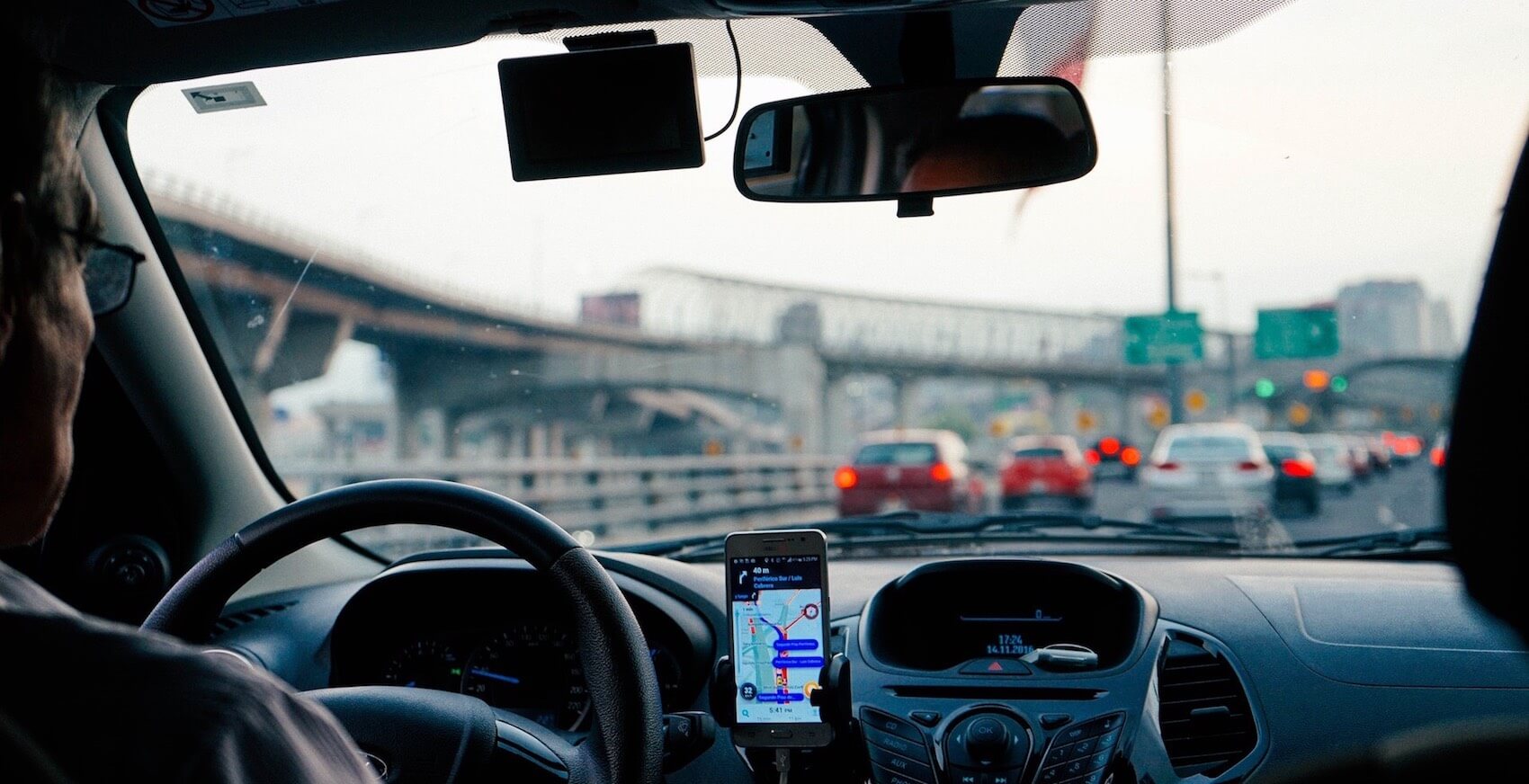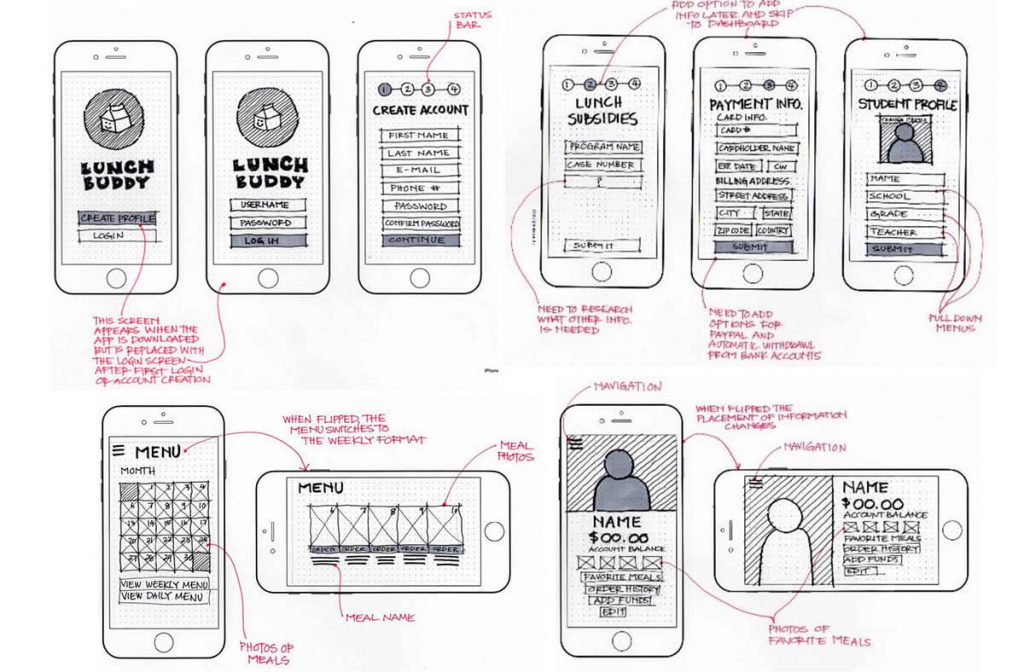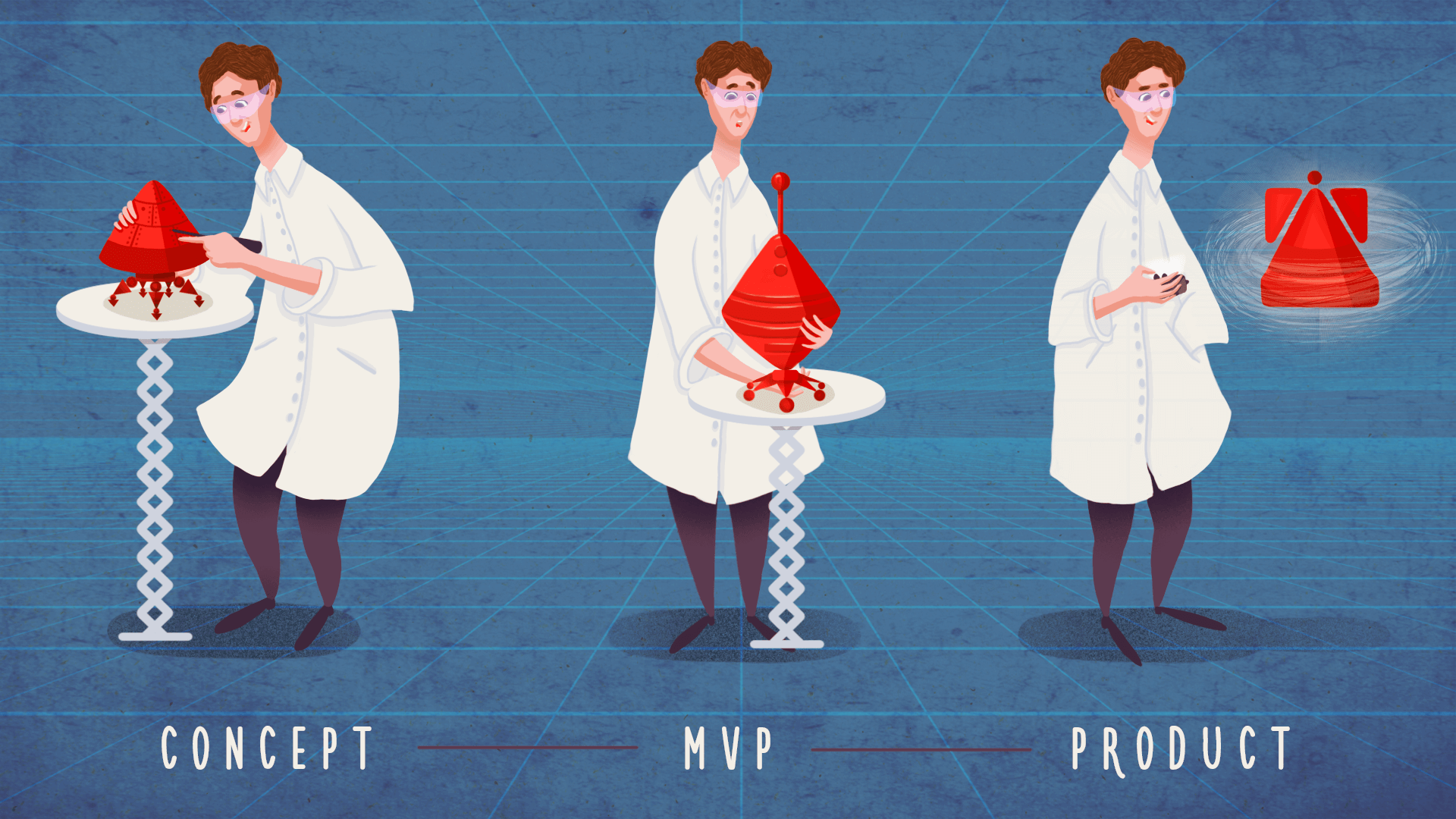On-demand services are everywhere and continue to grow. According to recent a U.S. Census Bureau’s American Community Survey, over 22 million customers are spending $36 billion through on-demand platforms.
Demand for these services is not slowing down. An increasingly diverse group of customers are using on-demand services, proving they are succeeding breaking out of the urban, time poor, financially comfortable Millennial (age 18-34) market. The Harvard Business Review confirms that “30% are between 35 and 54, and 22% are age 55 or older”, which is a positive sign of trust for on-demand businesses.
However, this also means competition in every market segment and country is getting tougher. New entrants only have a matter of seconds to make a first impression. Everything about your website and app needs to convert as many new visitors as possible. You never have a second chance to make a first impression, and a customer who isn’t happy with the service when they use it the first time won’t come back.
Quick, Efficient, User-friendly: Must Have Features for On-Demand Apps
Customers need quick, easy, intuitive, well-designed user-friendly apps. User experiences can make or break an on-demand startup. Some core essentials for on-demand apps include:
#1: User Experience and Onboarding
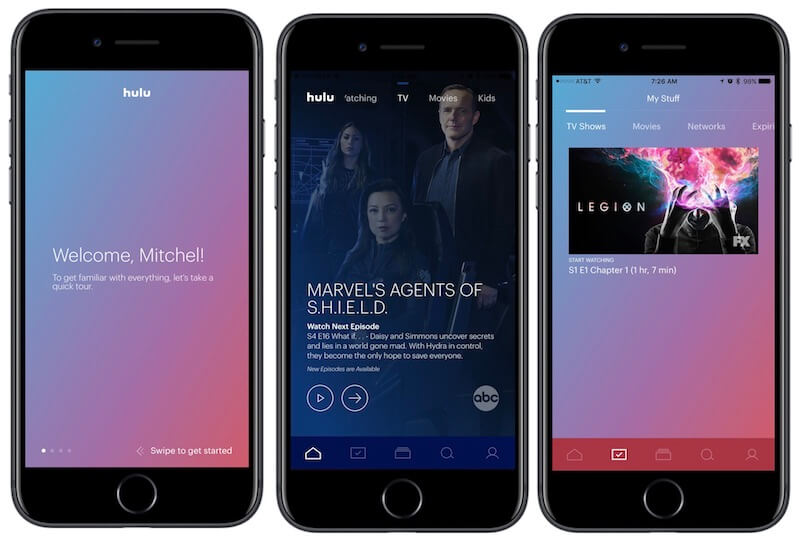
Onboarding in the Hulu app
Make everything, from your website – where you encourage new users to download the app – to the onboarding process as simple as possible. Don’t assume anything. A few years ago, you could assume that most smartphone users will know their way around apps, but we are seeing more people from outside the core 18 – 34 demographic turning to on-demand apps.
Design and user-experience should guide users through the app, making every action intuitive, as if you’ve placed features where users expect to find them before they realise they need them. Seamless and simple is essential to prevent users getting frustrated and abandoning the journey to placing an order.
#2: Clear In-App Navigation and Flow
New app users will get fed up and frustrated if they can’t find what they need within the app. People have far less patience for poor navigation when they are seeking information or want to place an order using a mobile device. Once someone gives up on their first attempt to use an app, they won’t come back again.
Make every step, from start to finish, logical and clear. Get a user from A to B – the checkout – as smoothly as possible, while ensuring they experience the app in a positive way that emphasises the value you are creating at every stage. It is also worth including opportunities for them to share the app with others, shortly after downloading, after they’ve placed an order or after they’ve left feedback.
Planning to build an on demand app? Get a 15 minute free consulting session from KFG International!
#3: A Clear order placing and Checkout System

Source: chownow.com
It should be incredibly easy for people to make a purchase/place an order. A few clicks are all it should take. Aim for a frictionless experience, with the option for a guest checkout (through a social network authentication – Facebook or Twitter) if you don’t want to reduce friction for first-time users.
#4: Delivery scheduling and order tracking (should always include a map)
![]() For customer’s, convenience is one of the main selling points for on-demand services. Convenience and speed. Once an order has been made, customers need to know where it is, which is an integral part of the service for on-demand companies. When a delivery is on the way, a real-time tracking map or feature reassures customers that the speed and convenience they’ve paid for is something they can depend on.
For customer’s, convenience is one of the main selling points for on-demand services. Convenience and speed. Once an order has been made, customers need to know where it is, which is an integral part of the service for on-demand companies. When a delivery is on the way, a real-time tracking map or feature reassures customers that the speed and convenience they’ve paid for is something they can depend on.
#5: Rating/feedback system. Leverage Social validation
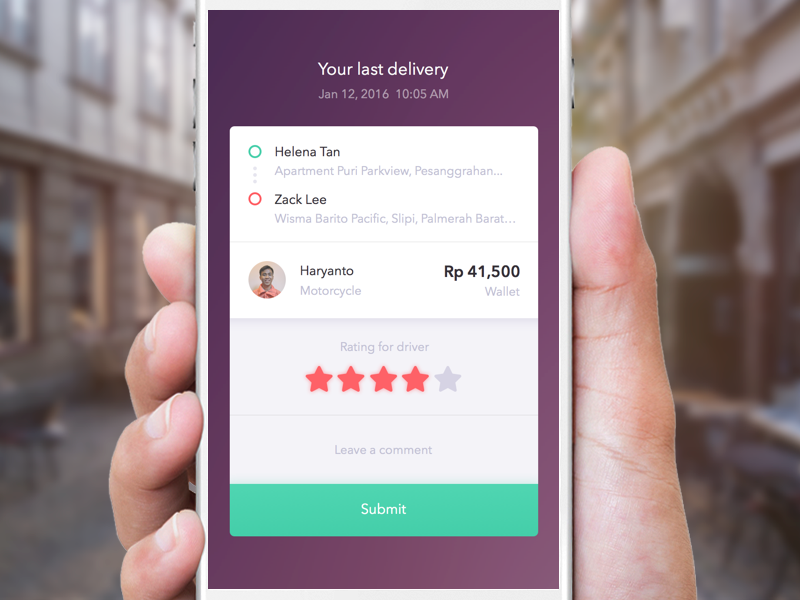
Now you need to show people are happy using your app. Reviews are essential. Collect and curate positive reviews within the app to further leverage social validation. Support every review with images – head shots – pulled from social networks. Testimonials from third-party websites, social networks and search engines, such as Trustpilot, Facebook and Google, are more valuable as sources of social proof.
Give customers the option to rate the service and leave feedback; giving others the chance to clearly see how you respond to any service failings. Handling negative reviews in a positive, professional manner is essential since it shows you will act quickly to resolve problems.
#6: Live Chat, Voice calls and other easy ways to contact customer services
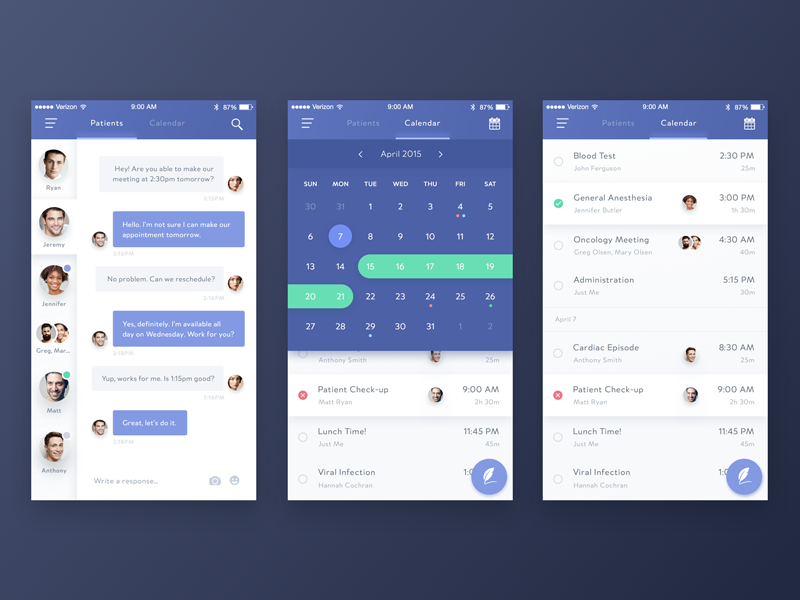
Example of doctor on demand app
Be responsive. Make quick, efficient and positive customer service your number one priority. Integrate Live Chat or third-party messenger systems into the app so your team can respond to customer needs 24/7. Include a phone number to ensure people can call when they need help. Even if staffing levels don’t permit that, ensure there is an FAQ or self-serve resource section, or an AI-powered Facebook Chatbot, to answer questions when your team can’t.
#7: An FAQ or self-serve resource centre
When a customer has a problem or wants to know more about how your service works, an FAQ section or resource centre is a valuable marketing tool. It empowers customers. It prevents you losing revenue since they can resolve a problem themselves and complete a purchase.
#8: An intelligent search function
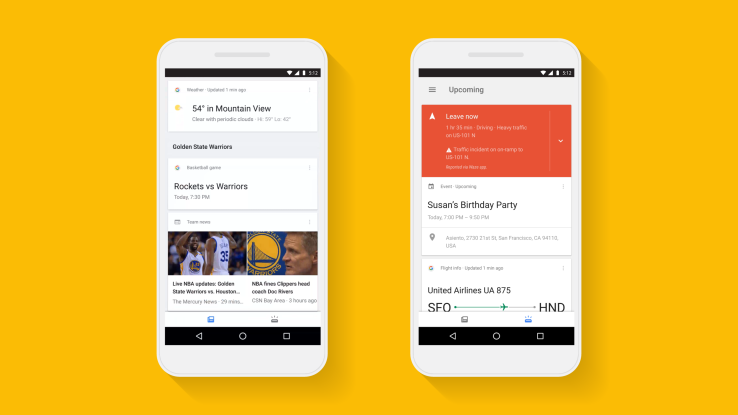 Depending on the service you’re providing, when you are selling a wide range of products from third-party vendors, customers need to find what they want quickly and easily. People spend less time on mobile than web-based apps. Smaller screens are known to reduce the time customers are willing to spend searching for something or filling in details, so make the search function smart enough to accommodate a wide range of search terms and variables for each product.
Depending on the service you’re providing, when you are selling a wide range of products from third-party vendors, customers need to find what they want quickly and easily. People spend less time on mobile than web-based apps. Smaller screens are known to reduce the time customers are willing to spend searching for something or filling in details, so make the search function smart enough to accommodate a wide range of search terms and variables for each product.
For on-demand startups, your apps – iOS and Android – are more important than your website. Invest time making them look and function perfectly. Some developers estimate that a fully functioning iOS on-demand app can take anything from 1400 to 2400 hours to build.
Building an on-demand app involves the hard work of making something that, behind the scenes, can be difficult to put together. You need a service that scales without heavy capital or talent costs, usually through third-party of self-employed providers. At the same time, your startup needs to pull in new users/customers at scale, while delivering first class customer service. At the centre of all of this sits your on-demand app.
Before launching your on-demand app, road test the app and service. Make sure that users can navigate easily, find what they want, place and track an order, and leave feedback/share with others. Encourage private beta users can test everything before officially launching. Start small. Start local.
Once you’ve got an MVP, paying customers, a true indication it can scale and a clear way to work with contractors or supplier partners, then invest more time in app development. At that point, with paying customers and revenue as evidence, investors are going to take an interest. The on-demand economy is maturing, adapting to government regulations in numerous markets, but not slowing down.
Planning to build an on demand app? Get a 15 minute free consulting session from KFG International!


